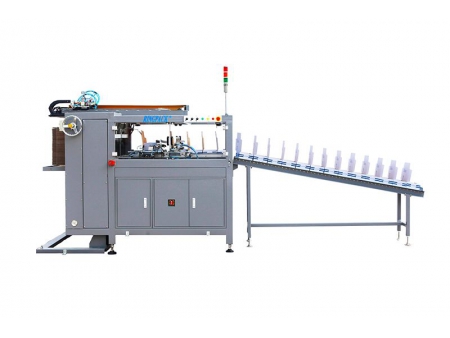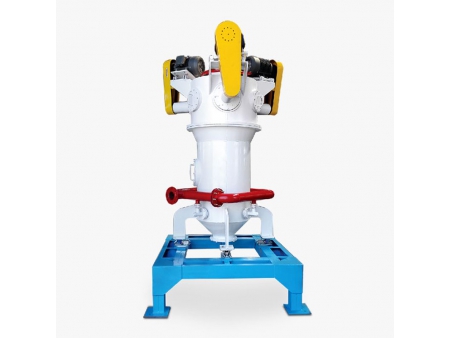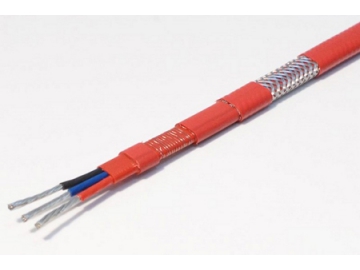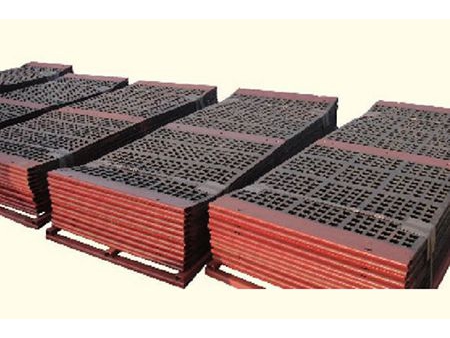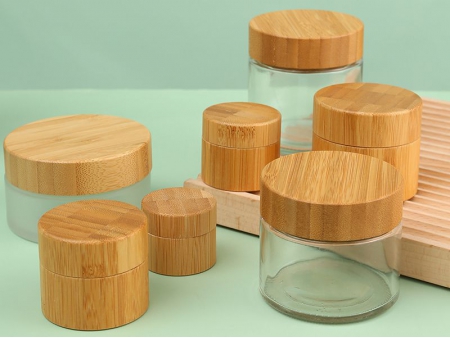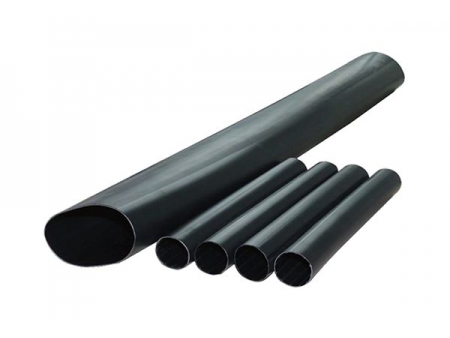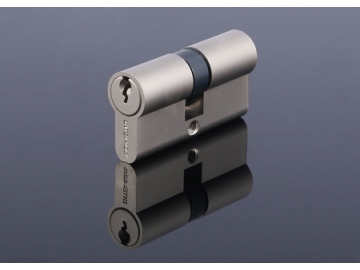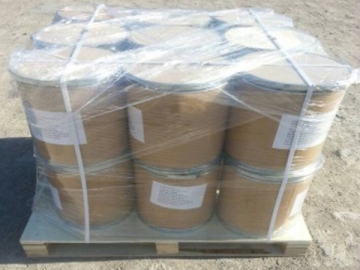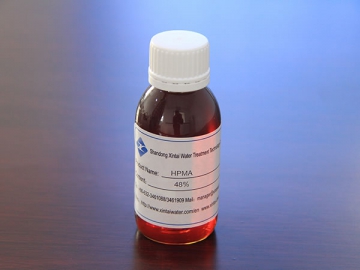Hydrolyzed Collagen
Conclusion: The product conforms to the standard of food grade.
Packaging: 20 KG/BAG
Storage: Kept in dry, cool, and shaded place with original packaging, avoid moisture, store at room temperature.
Shelf life: 24 months
| Items | Standards |
| Appearance | Cream white to light granular |
| Particle size | Min 95% pass 30 mesh |
| Protein (%) | 90 Min |
| Molecular Weight (Dalton) | 3,000 Max |
| Ash (%) | 2 Max |
| Loss on drying (%) | 10 Max |
| pH (1% solution) | 5.0- 7.5 |
| SO2 (mg/kg) | 40 Max |
| H2O2 (mg/kg) | 10 Max |
| Lead (mg/kg) | 5 Max |
| Arsenic (mg/kg) | 3 Max |
| Chromium (mg/kg) | 2 Max |
| Total plate count (cfu/g) | 500 Max |
| Mould & yeast | 100 Max |
| E.Coli/ 10g | Not detected |
| Salmonella spp./ 25g | Not detected |
Hydrolyzed collagen is a form of collagen and is also referred to as collagen hydrolysate, gelatine, gelatine hydrolysate, hydrolyzed gelatine, and collagen peptides.
Hydrolyzed collagen is produced from collagen found in the bones, skin, and connective tissue of animals. The process of hydrolysis involves breaking down the molecular bonds between individual collagen strands and peptides using combinations of physical, chemical or biological means. Typically, with skin-sourced collagen (Type-I collagens), hides are put in a lime slurry pit for up to 3 months, loosening collagen bonds; the hides are then washed to remove lime, and the collagen extracted in boiling water. The extracted collagen is evaporator concentrated, desiccated with drum driers, and pulverized.


